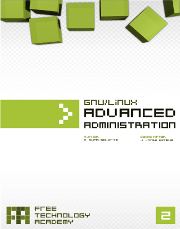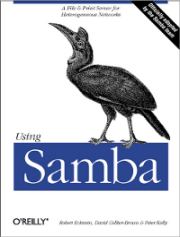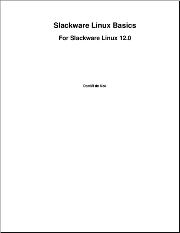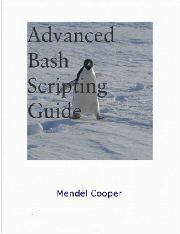Last Updated on March 25, 2021
Many computer users have an insatiable appetite to deepen their understanding of computer operating systems and computer software. Linux users are no different in that respect. At the same time as developing a huge range of open source software, the Linux community fortunately has also written a vast range of documentation in the form of books, guides, tutorials, HOWTOs, man pages, and other help to aid the learning process. Some of this documentation is intended specifically for a newcomer to Linux, or those that are seeking to move away from a proprietary world and embrace freedom.
There are literally thousands of Linux books which are available to purchase from any good (online) book shop. However, the focus of this article is to highlight champion Linux books which make an invaluable contribution to learning about Linux, and which are also available to download without charge.
We have tried to select a fairly diverse selection of books in this article so that there should be something of interest here for any type of user whatever their level of computing knowledge. This article should be read in conjunction with our previous article on free Linux books, entitled 20 of the Best Free Linux Books.
1. GNU/Linux Advanced Administration
By Remo Suppi Boldrito, Josep Jorba Esteve (PDF; 545 pages)
We start of this article with a book that is exhaustive in its treatment of system administration. This book examines many different areas involved in administering Linux systems, with each subject being accompanied by a tutorial to act as an aid in the learning process.
Topics covered include:
- Introduction to Linux
- Migration and coexistence with non-Linux systems
- Basic tools for the administrator
- The kernel
- Local administration
- Network administration
- Server administration
- Data administration
- Security administration
- Configuration, tuning and optimisation
- Clustering
2. Using Samba
By Robert Eckstein, David Collier-Brown, Peter Kelly (PDF, HTML; 416 pages)
Samba is a suite of tools for sharing resources such as printers and files across a network. Samba uses the Server Message Block (SMB) protocol, which is endorsed by Microsoft and IBM, to communicate low-level data between Windows clients and Unix servers on a TCP/IP network.
It is one of the most important software to bridge the open source and closed source worlds.
The book focuses on two different areas:
- Installation including configuring Windows clients
- Configuration and optimization exploring areas such as disk shares, browsing and advanced disk shares, set up users, printer and Windows Internet Naming Service setup with Samba, and troubleshooting tips
3. Slackware Linux Basics
By Daniel de Kok (PDF, HTML, Single page HTML; 233 pages)
Slackware Linux Basics is a book that aims to provide an introduction to Slackware Linux. It targets people who have little or no GNU/Linux experience. It aims to cover the Slackware Linux installation, basic Linux commands and the configuration of Slackware Linux.
Slackware is one of the earliest Linux distributions with development commencing in 1993.
Covers:
- Installation including partitioning and custom installation
- Basic essential information such as the shell, files and directories, text processing, process management, editing and typesetting, and electronic mail
- System administration covering topics such as user management, printer configuration, X11, package management, building a kernel, system initialization, and security
- Network administration focusing on network configuration, IPsec, the Internet super server, Apache, and BIND
4. Advanced Bash Scripting Guide
By Mendel Cooper (PDF, HTML; 945 pages)
Advanced Bash-Scripting Guide is an in-depth exploration of the art of scripting. Almost the complete set of commands, utilities, and tools is available for invocation by a shell script.
The book explains:
- Basics such as special characters, quoting, exit and exit status
- Beyond the Basics including loops and branches, command substitution, arithmetic expansion, recess time
- Commands – Internal commands and builtins; External filters, programs and commands; System and Administrative Commands
- Advanced topics: Regular Expressons, Here Documents, I/O Redirection, Subshells, Restricted Shells, Process Substitution, Functions, Aliases, List Constructs, Arrays, Indirect References, /dev and /proc, Of Zeros and Nulls, Debugging, Options, Gotchas, Scripting with Style
Next Section: 12 More of the Best Free Linux Books – Part 2
This article is divided into three parts:
 Read our complete collection of recommended free and open source software. Our curated compilation covers all categories of software. Read our complete collection of recommended free and open source software. Our curated compilation covers all categories of software. Spotted a useful open source Linux program not covered on our site? Please let us know by completing this form. The software collection forms part of our series of informative articles for Linux enthusiasts. There are hundreds of in-depth reviews, open source alternatives to proprietary software from large corporations like Google, Microsoft, Apple, Adobe, IBM, Cisco, Oracle, and Autodesk. There are also fun things to try, hardware, free programming books and tutorials, and much more. |
